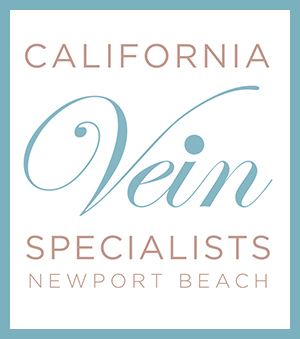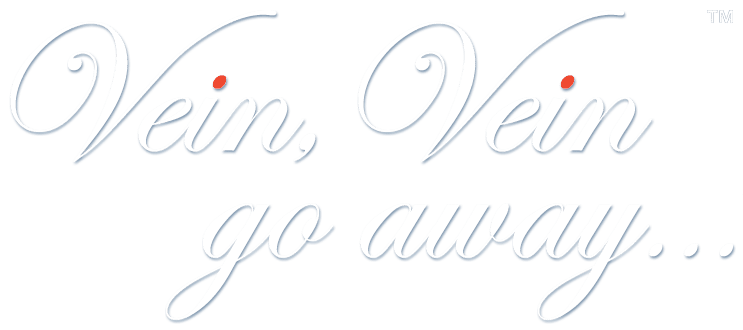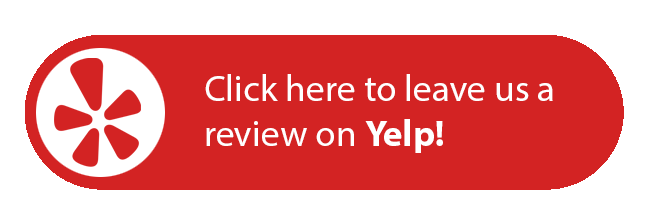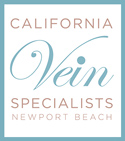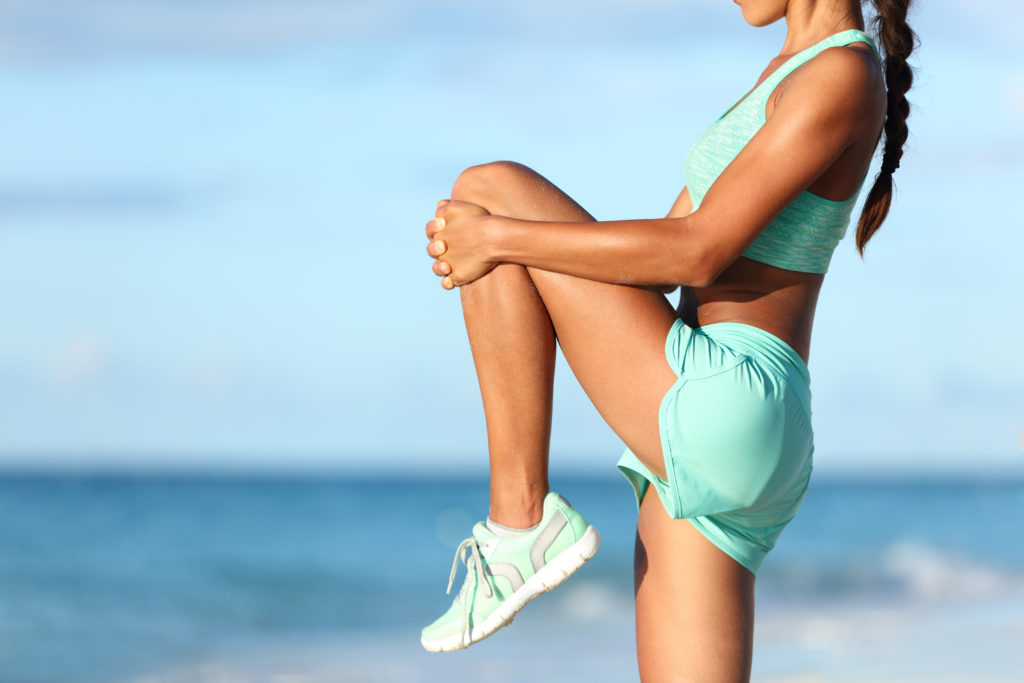 According to data from the American College of Phlebology, more than 25 million Americans suffer from some form of venous disorder. With so much of the population affected, it’s no wonder it’s a subject on so many people’s minds — and it’s no surprise that there’s misinformation mixed in with the facts.
According to data from the American College of Phlebology, more than 25 million Americans suffer from some form of venous disorder. With so much of the population affected, it’s no wonder it’s a subject on so many people’s minds — and it’s no surprise that there’s misinformation mixed in with the facts.
Over nearly two decades serving patients from Newport Beach, Orange County, Los Angeles, San Bernardino and beyond, we’ve encountered our fair share of misconceptions about varicose veins. The internet has given patients more access than ever before to information about their health. Unfortunately, that information isn’t always accurate, and it’s increasingly hard to distinguish what is helpful from what is harmful. Today, we’re going to dispel a few of the most common varicose vein myths heard by Dr. Leary and the staff of California Vein Specialists.
Myth #1: Varicose veins only happen to older people.
Although the risk of developing varicose veins does increase as you get older, anyone of any age can get them. Patients in their early 20s visit California Vein Specialists with varicose veins, and they can be just as embarrassing and painful in younger people as they are in the older population.
Age is just one of many factors that play a role in your chances of developing venous issues at some point in your life. Women are more likely than men to develop varicose veins. Individuals with a family history of venous disease are also more likely to get them. Other risk factors include pregnancy, smoking, use of hormonal birth control or hormone replacement therapy, occupational hazards, and leg injury or surgery. However, even if you don’t have any of these “risk factors”, anyone can still develop varicose veins.
Myth #2: Only sedentary people get varicose veins.
Every list of risk factors for varicose veins mentions “a sedentary lifestyle.” Prolonged periods of sitting put excessive pressure on parts of your body and make it harder for blood to flow through your leg veins. Exercise, on the other hand, promotes better blood circulation, lowers blood pressure and helps you maintain a healthy weight — all things that contribute to reducing your risk for varicose veins or easing the symptoms of existing varicose veins.
But sedentary people aren’t the only ones who are at risk. Athletes and people who are frequently on their feet can also develop varicose veins. Prolonged standing and some forms of exercise can also increase venous pressure in the legs and feet. Over time, this pressure can weaken the vein walls. Ask your vein specialist to help you develop an exercise regimen that supports your health goals and, if you spend a significant amount of time standing or sitting, make an effort to move at regular intervals.
Myth #3: Varicose veins that develop during pregnancy will just go away postpartum.
Pregnancy is a well-known risk factor for varicose veins. In fact, population studies have shown that only 12 percent of women who have varicose veins have never been pregnant! During pregnancy, the total amount of fluid in the body increases, which can cause swelling in the legs and ankles. In addition, increased levels of hormones in the body can weaken vein walls and cause veins to dilate, and the expanding uterus can obstruct the large femoral veins that run through the legs. The combination of these factors creates ideal circumstances for varicose veins to appear.
It may seem logical to believe that, if pregnancy has an adverse effect on leg vein health, no longer being pregnant will fix any issues. For some women, it does work out that way. For others, vein problems that occur during pregnancy persist postpartum or increase the future risk of developing varicose veins. Talk to a vein specialist about the steps you can take to minimize the severity of varicose veins during and after pregnancy.
Myth #4: Natural cures can get rid of varicose veins.
Current wellness trends have inspired more and more health-conscious individuals to seek out natural remedies and home cures for all manner of ailments, including varicose veins. Claims about the benefits of these kinds of treatments should be evaluated with a critical eye. While it’s possible that some are indeed beneficial, scientific support for natural treatments is often lacking.
A search for natural varicose vein treatments reveals suggestions ranging from plant extracts, to exercise, to dietary changes. But do they actually work? The answer is yes — and no. Things like exercising regularly, taking supplements, elevating your legs, changing your wardrobe, losing weight, wearing compression hose and massage can be helpful in alleviating some of the symptoms of varicose veins. They may also help lower your risk of developing new ones. However, what they cannot do is cure your varicose veins. Professionally-administered medical treatments are the only reliable and effective way to treat the underlying conditions behind your problem veins.
Myth #5: Varicose veins are just a cosmetic issue.
There’s no denying that varicose veins are unsightly. With their eye-catching color and twisted, bulging shape, varicose veins can make it embarrassing to wear shorts, swimsuits and dresses that reveal your legs. Appearance is a major reason people seek treatment for varicose veins — but it shouldn’t be your only reason.
Ignoring damaged veins can mean serious repercussions for your health. Mild symptoms of varicose veins include throbbing, aching, tiredness, heaviness, burning, itching, swelling or pain in your legs or ankles. If left untreated, these symptoms can worsen. Patients with advanced varicose veins can develop skin changes, severe pain and aching, chronic inflammation, muscle cramps, bleeding, ulceration, phlebitis and other conditions that interfere with their daily life. The risk of deep vein thrombosis (DVT) — a potentially life-threatening blood clot — is also increased in patients with untreated chronic venous insufficiency.
Myth #6: Varicose vein treatment is painful and involves a lot of downtime.
If you’ve researched varicose vein treatments, you may have heard of a procedure called vein stripping. Vein stripping is the surgical removal of a varicose vein from the body. It takes approximately 60-90 minutes, is usually done under general anesthesia (which means patients can’t drive themselves home afterward) and requires two incisions. Recovery can take two weeks or more, depending on how many veins were removed during the procedure.
Vein stripping was the go-to treatment for varicose veins for many years. Recently, however, its use has declined and less invasive techniques are on the rise. At California Vein Specialists, we only offer minimally-invasive treatments that can be done in a doctor’s office under local anesthesia. These options are safer and more comfortable than surgery, and allow patients to return to normal activity immediately. Dr. Leary’s preferred nonsurgical varicose vein treatments are endovenous laser ablation (EVLA) and radiofrequency closure (Venefit), and a vast majority of our patients feel comfortable enough to drive themselves home after their treatments.
Schedule a Vein Exam Today
Dr. Leary is a leading vein specialist in the Los Angeles and Orange County areas. Since founding California Vein Specialists in 2002, Dr. Leary has helped thousands of patients find minimally-invasive solutions for their vein-related concerns. Being proactive about varicose veins is one of the most important things you can do to maintain your venous health, your confidence and your well-being. To schedule a vein exam, contact us online or call our Newport Beach office at (949) 515-9377 today.
